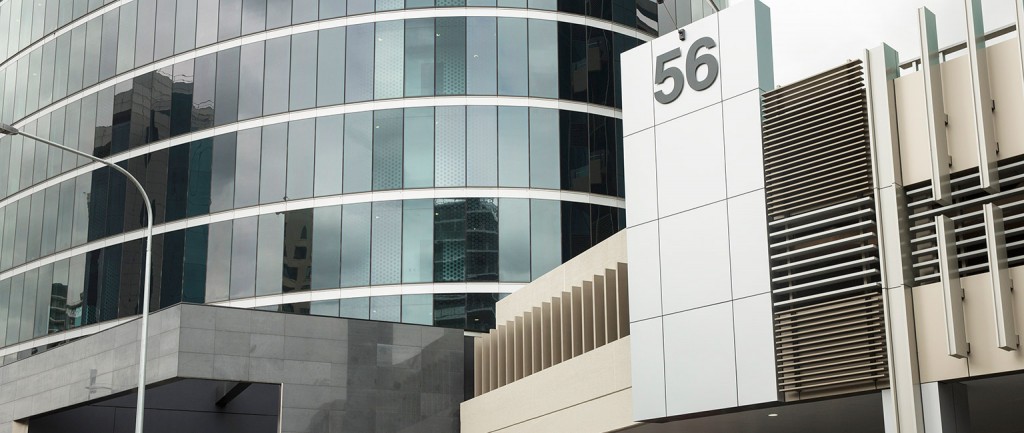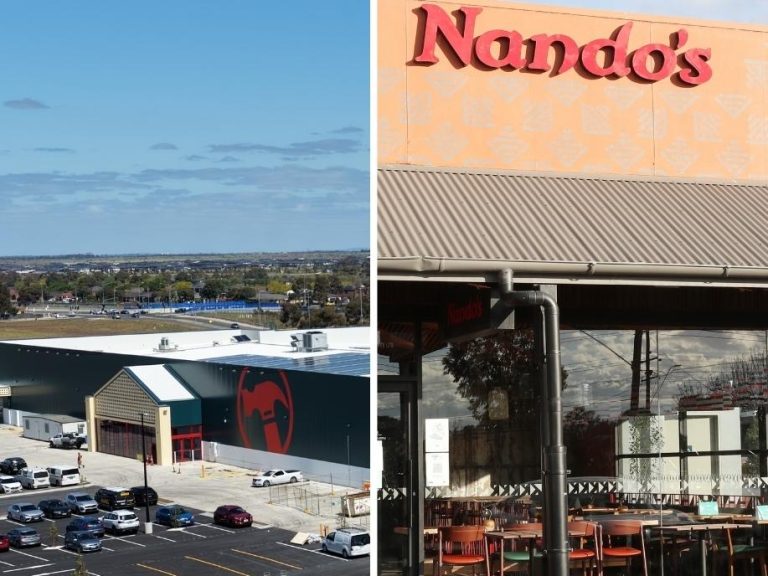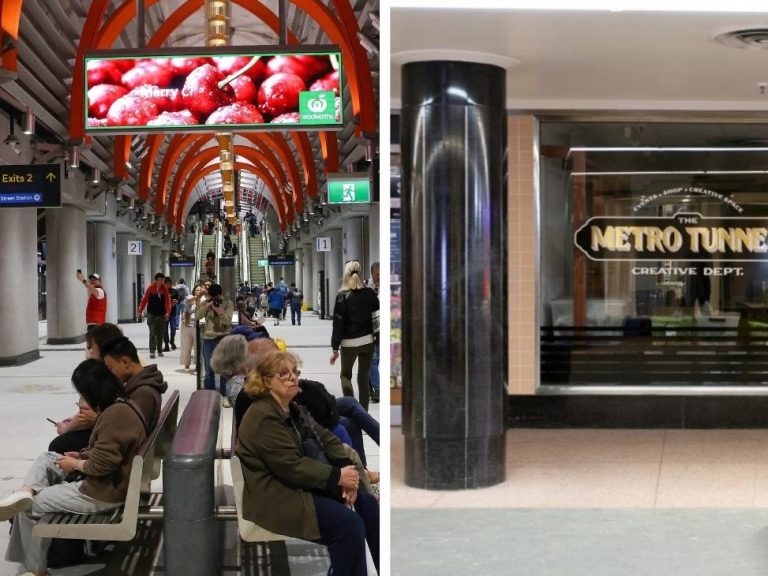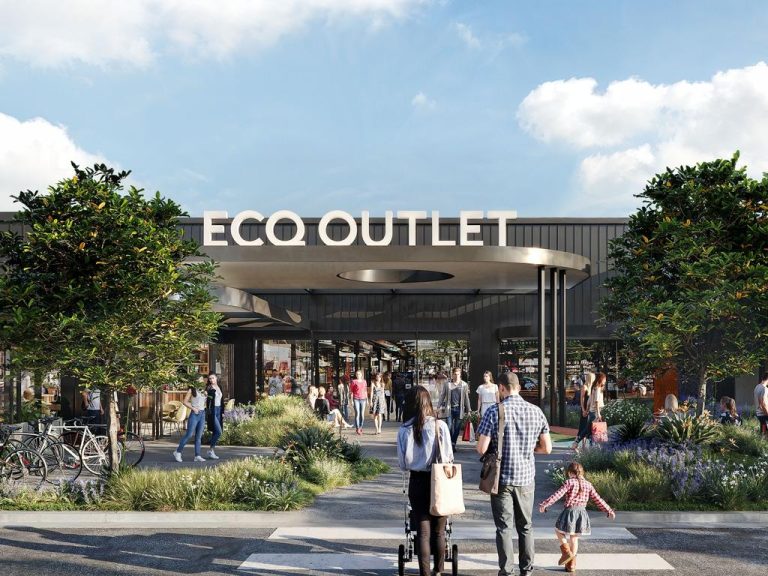Have vacancies peaked in the office market?

There’s one question that will be top of mind for many commercial property investors in 2015 – what is the outlook for the office market?
Mid-way through 2014, office vacancy rates averaged around 10%. There were real disparities between cities, however, which may well grow as New South Wales takes over from Western Australia as Australia’s economic front runner.
 Source: Property Council of Australia
Source: Property Council of Australia
So have we reached a vacancies peak? To find out I spoke with two of the directors of Knight Frank’s leasing team.
The situation in Sydney
Sydney director Scott Berriman says there was a clear change upwards in tenant demand from July, driven by IT and technology companies. The education and training sector was also prominent.
“Groups like Google and Atlassian are increasing their demand for space in contrast to some of the big legal firms which are handing space back to the market,” Berriman says.
The rise in vacancies in 2014 left some landlords of premium properties struggling to fill their buildings. Berriman says that part of their response was to carve up large floorplates into smaller tenancies.

The 2014 rise in vacancies left some landlords struggling to fill their buildings.
“A lot of the tenant drive is coming from overseas, particularly China. These groups are taking up small 200–500 sqm spaces in premium buildings as a base for their Australian operations.”
“Creative firms are prominent in the southern and western periphery of the CBD as is the expansion of shared offices and business clubs sector.”
“This sets up a virtuous cycle with top tenants moving into new premium offices, such as Barangaroo, which starts in the second half of this year; vacated space redeveloped in the backfill market; and smaller creatives moving into refitted B-Grade offices.”
In addition to this, there is the leakage of CBD stock to residential conversion. As a result, Berriman sees market supply as stable.
Read more: Sydney out with old offices, in with new apartments
So how will this translate into revenue for landlords?
“Face rents have seen virtually nil growth in 2014, but we are expecting that to start turning around,” Berriman says. “We also expect incentives to begin pulling back from around the 30% mark because this level is not sustainable.”
The situation in Perth
In Perth, Greg McAlpine thinks the market is tough at the moment due to the resources downturn. However, he is confident that this will improve.

“Essentially I am long on Perth. We are still a fast growing city with a great combination of resources and lifestyle and as the global economy improves, so will this market.
Although Perth is seeing an increase in vacancies, McAlpine expects that this will level out by the third quarter in 2015.
Perth vacancies will level out by the third quarter in 2015.
“Incentives are up to the 35% net mark, which is right at the edge of what is sustainable. Many tenants have figured this out and think now is the right time for a move or an upgrade,” he says.
“It is a case of shuffle and churn with tenants across the CBD without any single sector standing out. That means for landlords, it is about battening down the hatches and waiting through the cycle.”
“I have no doubt the cycle will turn and the history here is it that the last time it did, we had a 100,000 sqm of space taken up in just 6 months.”







